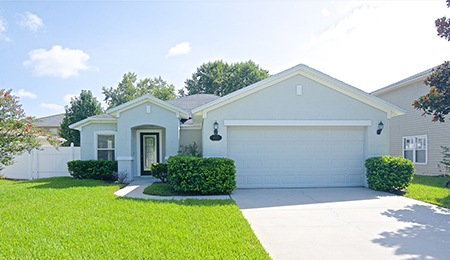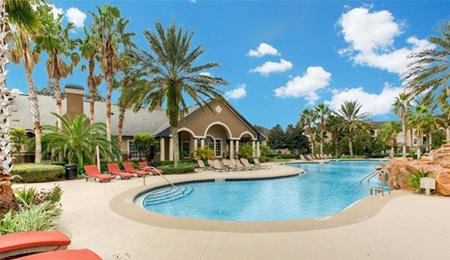How our market might respond to the recent rise in interest rates.
Our last market update was in April, and things have changed dramatically since then. We wanted to update you on what’s been going on so you can make smart real estate decisions.
Let’s start with a joke: How do you know an economist has a sense of humor? He uses a decimal point. If you didn’t get it, don’t worry—it’s not a very good joke, but the point of it is that predicting the future is hard.
No one can do it accurately, so when someone tries to predict the future with such precision, you can tell they might be a bit crazy. I can’t tell you what the future holds either, but I can look at the data and try to make some assumptions about where our market might be going.
“We may not be as affected by climbing rates.”
A recent article ranked the top 100 US housing markets and gauged how overpriced they are. At the top of the list as the most overpriced metro area was Boise, Idaho. The article even had a bit to say about what our market might experience in the near future:
“Markets with continuing inventory shortages and spiking populations likely won’t face huge price declines, but that means affordability challenges will be persistent in those areas, including metros in Florida, Georgia, and North Carolina. Markets with stagnate populations and more homes for sale, such as metros in California, Oregon, and Washington, could experience major price declines, but that also would make properties there more affordable for buyers currently priced out of the market.”
In a place like Jacksonville, Florida, where we aren’t building enough homes to keep up with the population influx, we may not see prices decline. Even if home values drop nationally because of rising rates, we may not be as affected due to the demand in our area.
This is definitely food for thought. If you have any questions or want to chat about this article, feel free to call or email me. I’d love to hear from you.



